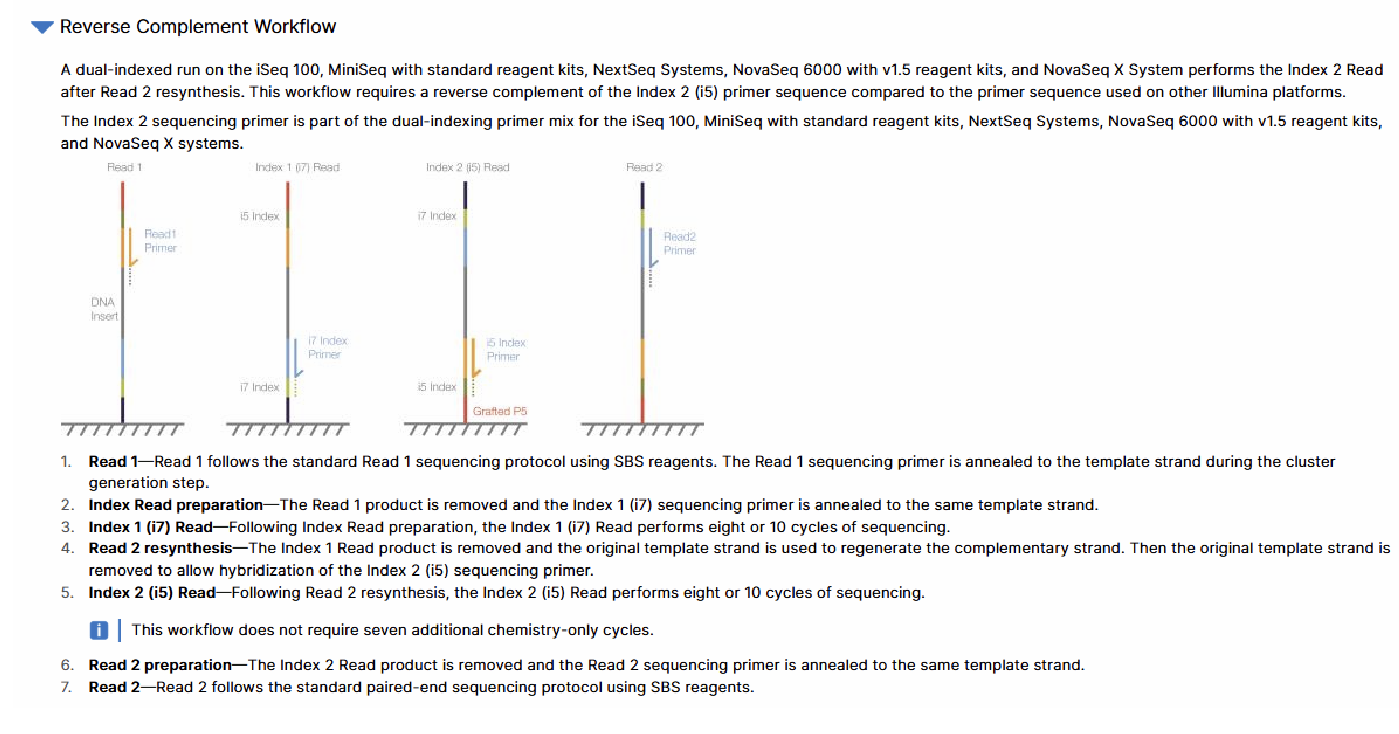- What is Next Generation Sequencing?
- What are your sample drop-off hours?
Our sample drop-off hours are Monday through Friday from 8:00 am to 3:00 pm. See additional information on this website or contact us if you need special drop-off arrangements made.
- Why do I have to complete your sample submission sheet and not use my own?
Our customized sample submission sheets gather the necessary data elements needed to process your samples accordingly. Our sheets are configured to automatically upload into our Clarity Lab Information Management (LIMS) system to save time and avoid manual entry errors.
- How do I obtain a quote for your services?
You can review our prices on this website. You can then reach out via the online form.
- What are Sequencing Parameters?
- The sequencing run parameters (read length and index length) refer to the settings
used during the sequencing process to ensure the reliability and accuracy of the data. - The sequencing read length (r1 and r2) refers to the number of base pairs (bp)
sequenced from a DNA fragment. After sequencing, the regions of overlap between
reads are used to assemble and align the reads to a reference genome, reconstructing
the full DNA sequence. Sequencing read lengths correspond directly to the sequencing
reagents used on an NGS instrument—more chemistry cycles generate longer reads.
(Sequencing Read Length | How to calculate NGS read length) - Index Sequence (i7, i5) - Adding an index sequence (unique identifier) is a method that
allows multiple libraries to be pooled and sequenced together. Introduction - Example diagram

- The sequencing run parameters (read length and index length) refer to the settings
- What are your sample requirements?
Sample Submission Requirements - Download PDF
